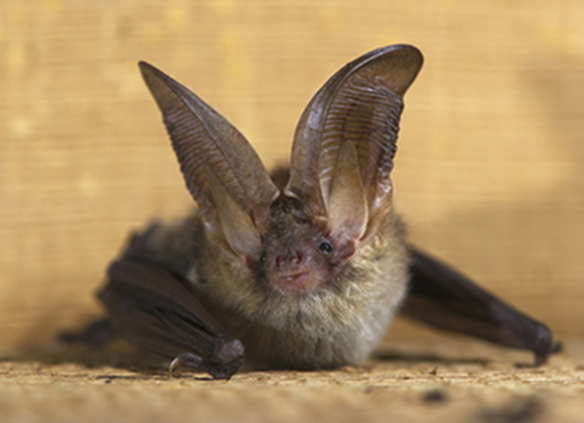FLA Fights for Workable Solutions in Northern Long-eared Bat Reclassification
Update: Effective Date Delayed Until March 31, 2023
The effective date of the final rule to reclassify the northern long-eared bat as endangered has been delayed until March 31, 2023. The Service notes that the delay is necessary to finalize conservation tools and guidance documents to avoid confusion and disruption with members of the public and federal agencies who would be regulated by the rule.
Update: Interim Stakeholder Tools and Guidance Released
The U.S. Fish and Wildlife Service has released voluntary interim guidance for forest habitat modification, wind energy projects, and Section 7 consultations to help landowners navigate the reclassification of the northern long-eared bat, as well as an updated range-wide determination key. This interim guidance will be in effect until April 1st, 2024 when final tools and guidance will be implemented.
Read the interim guidance for forest habitat modifications here.
Read the interim guidance for Section 7 consultations for projects with a federal nexus here
Read the interim range-wide determination key here.
Read the interim guidance for wind energy here
On November 30, 2022, the U.S. Fish and Wildlife Service (“Service”) released a final rule reclassifying the northern long-eared bat (NLEB) from threatened to endangered status under the Endangered Species Act. The final rule will take effect on January 30, 2023.
The NLEB has been listed as “threatened” since 2015 due to the impacts of white-nose syndrome. This reclassification means that the 4(d) rule, which provided flexibility to landowners by allowing incidental take in certain situations, is no longer in place and all instances of take are now prohibited. Although habitat loss is not a key stressor of the bat – in fact, forest management is key to providing healthy roosting and swarming habitat for several bat species – the reclassification of the NLEB will impact landowners across the 37 states in the bat’s range.

Earlier this year, FLA provided comments to the Fish and Wildlife Service on their proposal to reclassify the NLEB. Although the Service cannot tailor the take prohibitions in an endangered species listing to exclude forest management activities, our comments urged the Service not to impose additional regulations on an industry that is not negatively impacting the species, and to write a final rule that appropriately recognizes the benefits of private forest management.
“Unfortunately, endangered listings come with many unintended consequences for both the landowners and the species,” says Katie Moss, Director of Stewardship Initiatives and Regulatory Affairs. “When you replace a workable 4(d) rule that protects a species with strict regulations that may impact a landowner’s ability to harvest their timber or implement beneficial forest management, you create a disincentive for voluntary, collaborative conservation.”
The final rule for NLEB does not prominently recognize the benefits of forest management for bat species, and while the Service outlined conservation measures on public lands, there was no mention of the ongoing management and forest maintenance for bat species on private land. This language is a step backwards from the collaborative approach to bat conservation in recent years.
The Service is now preparing management guidelines for private landowners to aid in assessing risk and provide recommendations to avoid and minimize impacts to NLEB. Collaboration will be important moving forward to ensure that the impacts to private landowners can be mitigated when the final rule goes into effect. FLA will continue to work with the Service in the Midwest Region and beyond to provide the family landowner perspective.
For more information on the reclassification of NLEB and frequently asked questions, visit the links below:
Northern Long-eared Bat Species Overview
